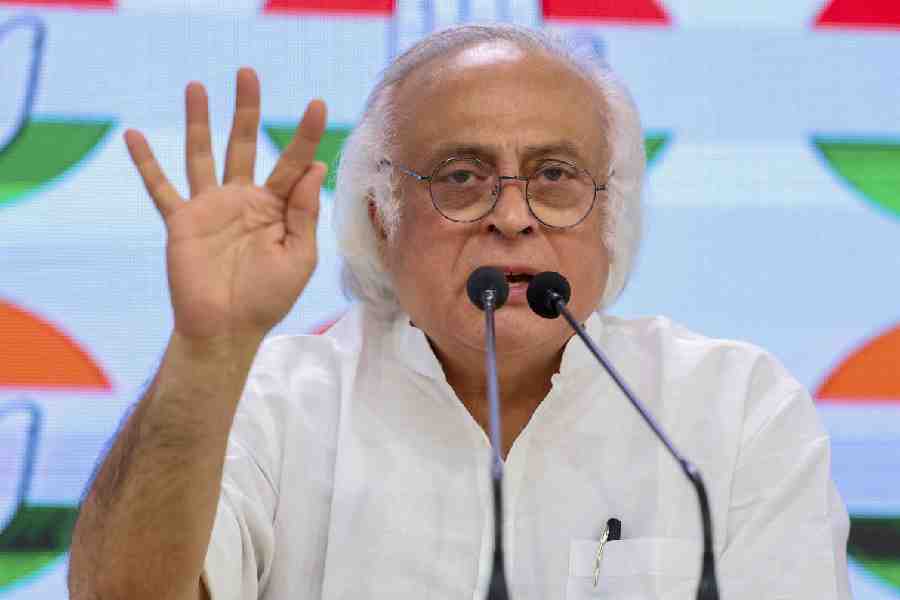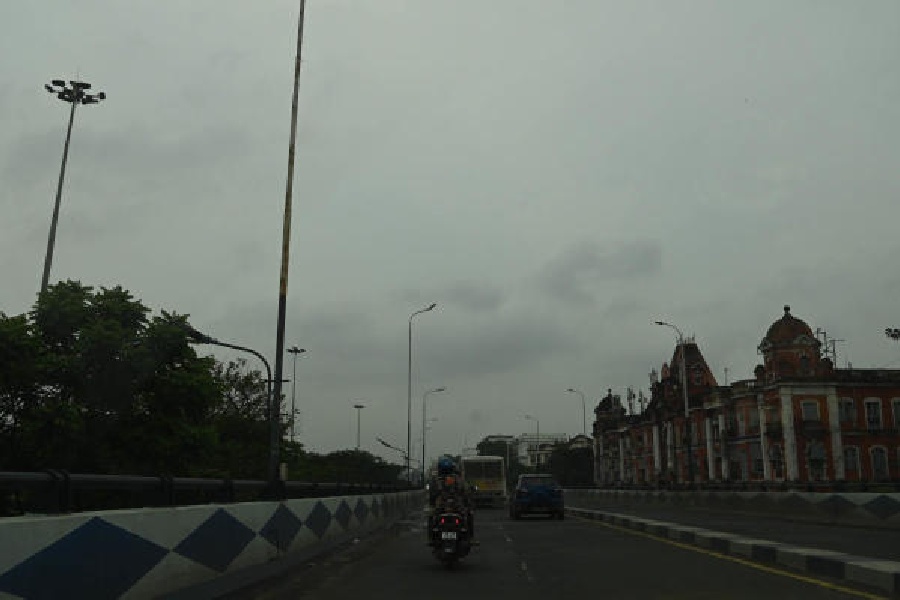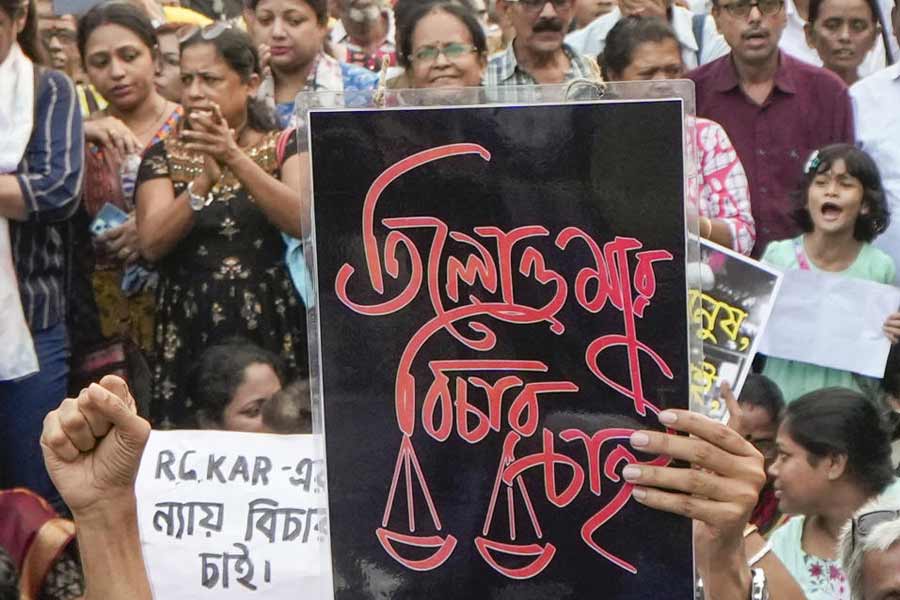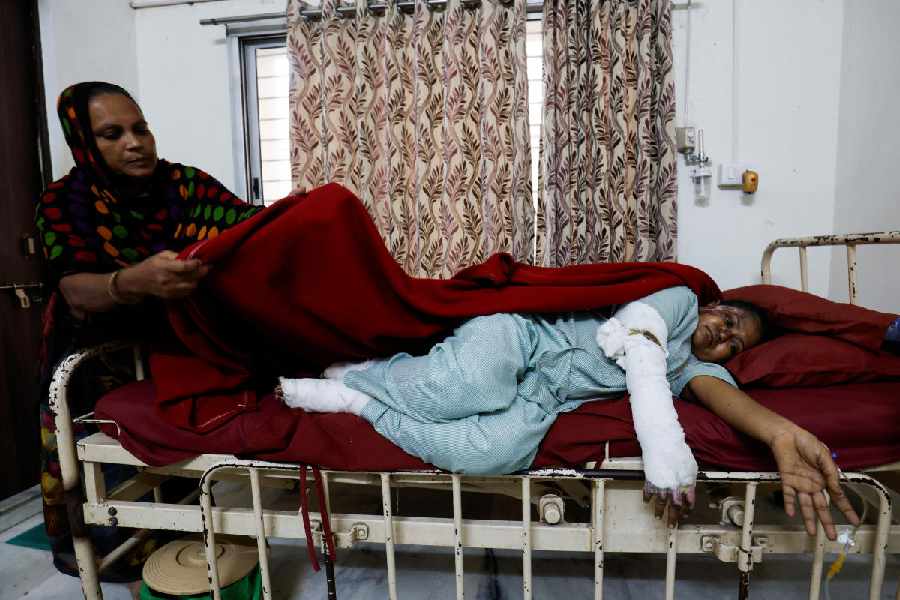 |
| Money matters |
The 9.2 per cent growth in gross domestic product during the second quarter of the year is, of course, a reason for celebration. The macro numbers underline what had already been made clear by the second-quarter corporate results — the fact that earnings growth has not only shown no signs of deceleration but has instead accelerated.
Such a high rate of growth will naturally fuel talk of overheating. The finance minister, of course, has dismissed such talk as premature. Nevertheless, there are some signs of strain.
First, take a look at the consumer price index numbers. The base year for the consumer price index for industrial workers (CPI-IW) has been revised recently, so the government doesn’t give the year-ago numbers. Nevertheless, the index was at 120 in April and at 127 in October, which gives an inflation rate of 5.8 per cent over the six-month period between April and October 2006. Last year, the rise in the index between April and October was 3.6 per cent.
If we take the consumer prices index for urban non-manual employees (CPI-UNME), the rise in the index between March and September (this is the last month for which data are available) has been 5.4 per cent. Compare that with the rise of 3.8 per cent of the index during the same period last year.
And finally, if you take the consumer price index for agricultural workers and rural labourers, the rise has been 5.6 per cent between April and September this year compared with 3.8 per cent over the same period last year. To cut a long story short, whichever way you slice and dice the data, inflation is much higher this year.
Signs of overheating are also clearly visible in the housing market, with the news about a record sum of Rs 73,000 per square foot being paid for a flat in Cuffe Parade, Mumbai. A recent survey by property consultants CB Richard Ellis says occupancy costs for prime commercial space in Mumbai and New Delhi have risen by 75 to 100 per cent in the past year. That’s not all — these cities are also moving up the league tables of the world’s most expensive business locations.
Mumbai, ranked 15th last year, has now moved up to seventh, while Delhi, which was a lowly 36th last year, is now at number 11. One reason for the rise of property prices in Delhi is because of the crackdown on unauthorised shops in residential areas, but that doesn’t explain the phenomenal increase in Mumbai.
Yet another sign of overheating lies in the Hewitt salary survey that showed India had the highest average salary increase in the Asia-Pacific region. The gap between salary increases in India and the Philippines, which came in at number two, was over 5 percentage points. What’s more, a similar order of salary increases is expected in 2007 as well.
The rise in salary and real estate costs may at the moment be offset by even higher revenue growth among companies. However, if demand starts to flag, companies’ earnings will be hit and it would be difficult to sustain the high valuations in the stock market.
The final warning sign comes from the current account. The deficit in the current account in the country’s balance of payments was $6.1 billion in the first quarter of 2006-07. In spite of all these factors, however, liquidity has been so high, thanks to the flood of money pouring into the country, that the yield on the benchmark 10-year government bond is around 7.4 per cent, more than 100 basis points lower than where it was in mid-July. No wonder, the RBI has raised the cash reserve ratio to 5.5 per cent.










